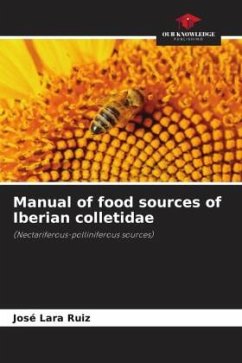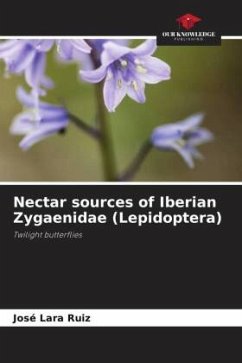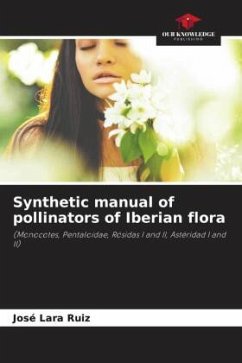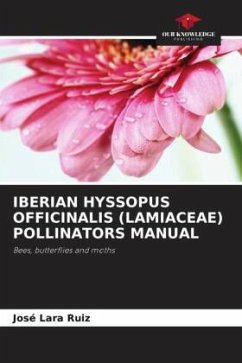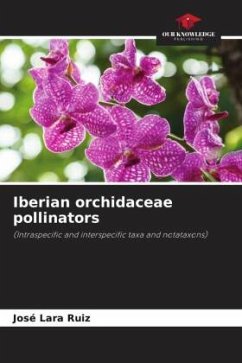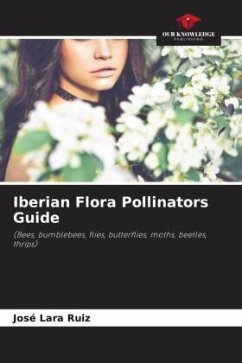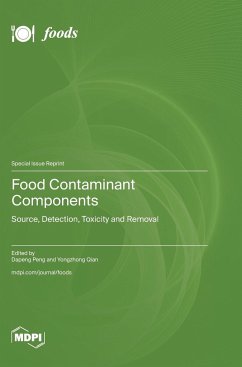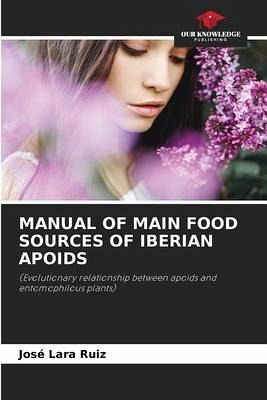
MANUAL OF MAIN FOOD SOURCES OF IBERIAN APOIDS
(Evolutionary relationship between apoids and entomophilous plants)
Versandkostenfrei!
Versandfertig in 6-10 Tagen
29,99 €
inkl. MwSt.

PAYBACK Punkte
15 °P sammeln!
The Apoidea are divided into two main groups according to their phylogeny (more primitive families) and according to the length of the tongue (shorter): 1.- Short-tongued apoids (from more primitive to more evolved): Colletidae, Andrenidae, Halictidae.2.- Long tongued apoids (from more primitive to more evolved): Melittidae, Megachilidae, Apidae (Apidae and Anthophoridae). The 5 plant families are phylogenetically grouped (according to the results of their molecular DNA) in 2 large groups (from less to more evolved): Rosidae and Asteridae. In turn, the Rosidae are grouped into two sub-groups: ...
The Apoidea are divided into two main groups according to their phylogeny (more primitive families) and according to the length of the tongue (shorter): 1.- Short-tongued apoids (from more primitive to more evolved): Colletidae, Andrenidae, Halictidae.2.- Long tongued apoids (from more primitive to more evolved): Melittidae, Megachilidae, Apidae (Apidae and Anthophoridae). The 5 plant families are phylogenetically grouped (according to the results of their molecular DNA) in 2 large groups (from less to more evolved): Rosidae and Asteridae. In turn, the Rosidae are grouped into two sub-groups: Rosidae I (Fabaceae) and Rosidae II (Rosidae). And the Asterids in two other large subgroups: Asterids I (Boraginaceae and Lamiaceae) and Asterids II (Asteridae and Apiaceae).



